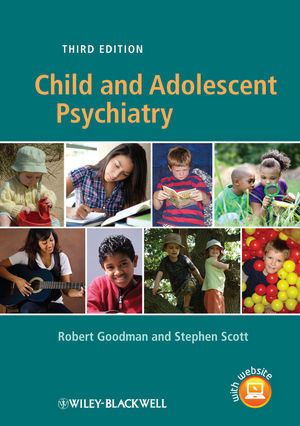
Description
Child and Adolescent Psychiatry has been widely acclaimed since the publication of its first edition in 1997 (originally titled Child Psychiatry). Each chapter has been designed to present the key facts, concepts and emerging facets of the area, drawing on clinical experience as well as the latest research findings. These guiding principles are followed in the third edition, which has been updated to reflect the varied advances in research and clinical practice that inform the subject.Child and Adolescent Psychiatry is structured into four main parts: first, an introductory section on assessment, classification and epidemiology; second, a section covering each of the main specific disorders and presentations; third, a section on the major risk factors predisposing to child psychiatric disorders; and fourth, a section on the main methods of treatment, covering also prevention, service organization and interpersonal and family therapies as well as fostering and adoption.
- Spans child and adolescent psychiatry
- Includes many practical tips on successful assessment and treatment techniques
- Comprehensive coverage of topics, written in an accessible style by international experts in the field
- Up to date information on prevention issues
Written in an accessible style, the book will be of benefit to all those working with children and adolescents with mental health problems: as an invaluable resource for trainee psychiatrists, paediatricians and general practitioners; as a textbook for undergraduate students in medicine, nursing and related fields; and as a refresher for active clinicians.
Foreword to Third Edition
This splendid new third edition retains all the strengths of its prede- cessors and it not only brings things up to date but it broadens the coverage through additional material on adolescence. The timing of the book coincides with a period during which DSM-5 and ICD-11, the new classifications from the American Psychiatric Association and the World Health Organisation, are currently being finalised. Nevertheless, it is very much to the authors’ credit that they have finessed this very skillfully by presenting issues, concepts, findings and clinical matters in a way that deals with the big issues without getting bogged down in the details. As with the two previous editions, there is a very skilful integration of science and clinical practice. The main target audience is certainly clinicians but researchers, too, will find that there is much to learn here on areas of research that are a bit outside of their own interest.The book is also very interesting to read. It is a bit like watching one of David Attenborough’s marvellous TV programmes – you never feel lectured at, your interest is engaged throughout, but in the course of that engagement you actually learn a lot. Readers will not find here dogmatic assertions that are not supported by evidence. The suggested readings at the end of each chapter provide an easy way for readers to find out more of the detail if they wish but the book already contains an immense amount. There is no better book for those who want an accessible in- troduction to child and adolescent psychiatry as a whole, or as a means of keeping up to date with relevant scientific understanding and clinical practice.
Professor Sir Michael Rutter
Honorary Director
MRC Child Psychiatry Unit, Institute of Psychiatry